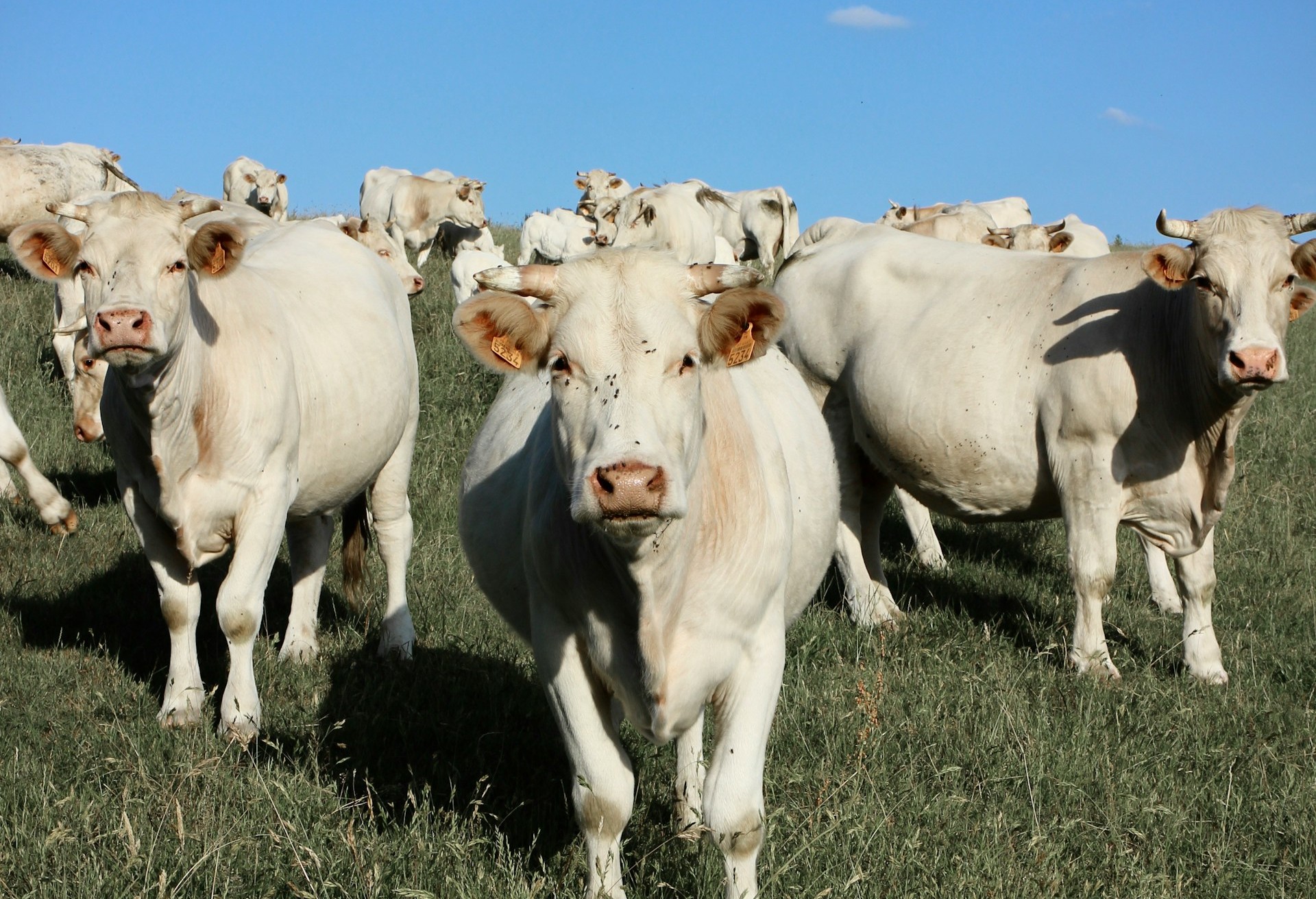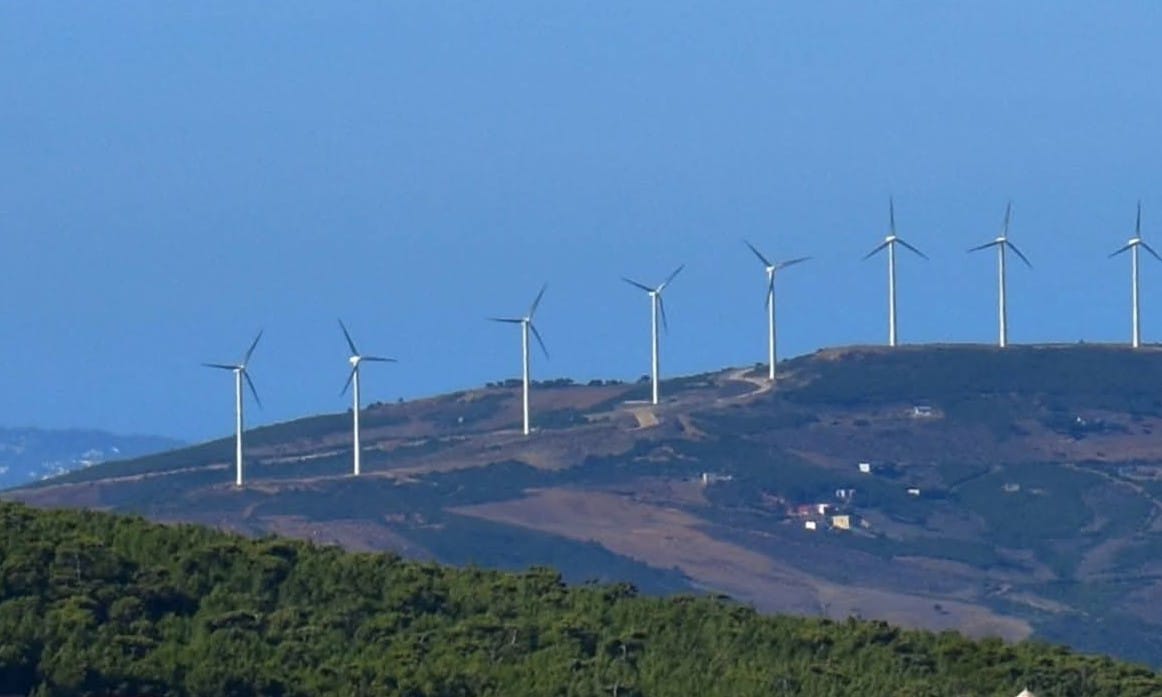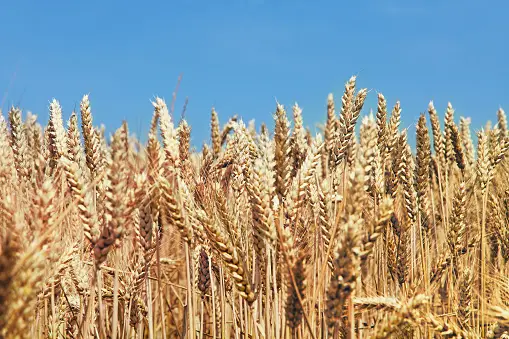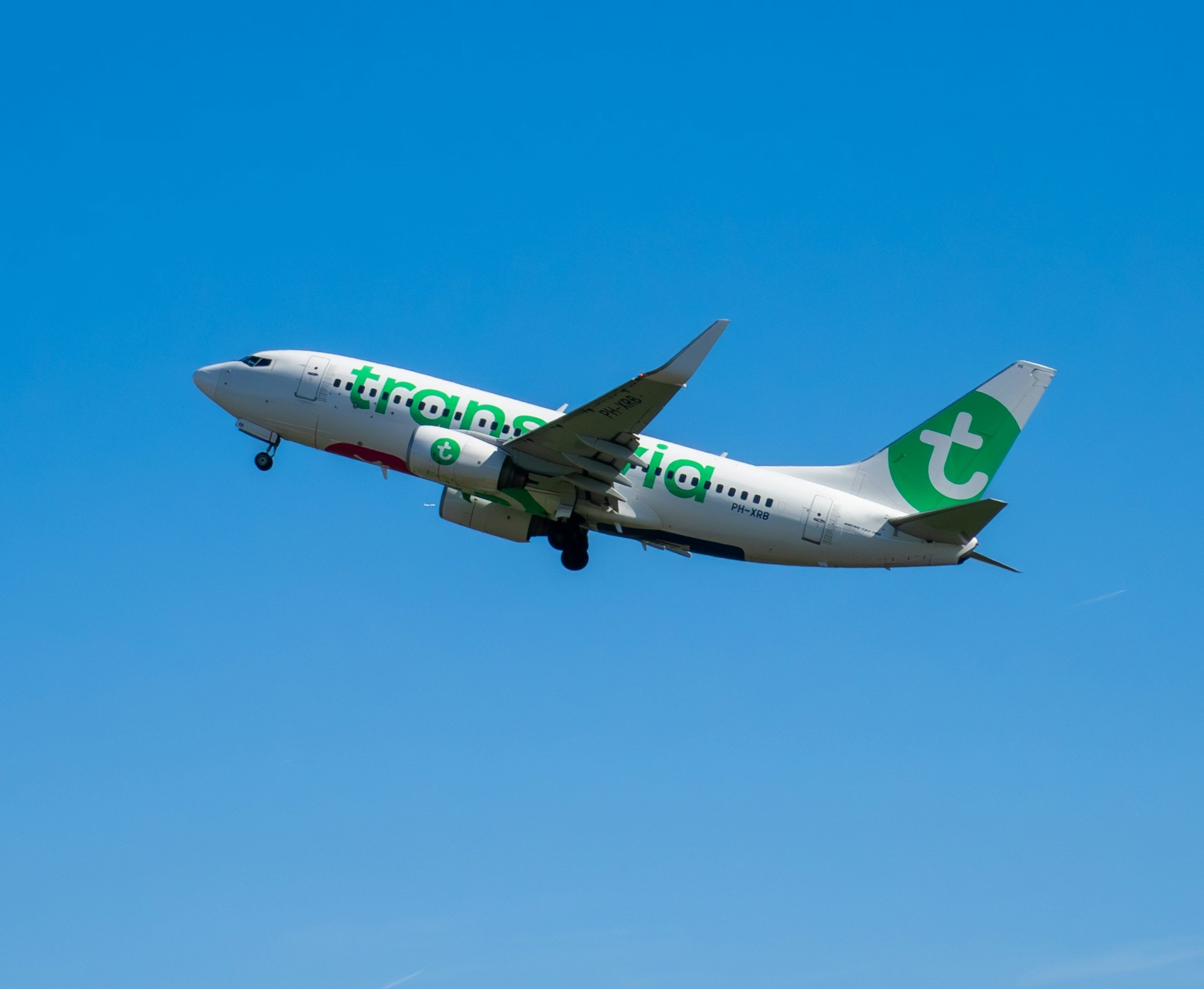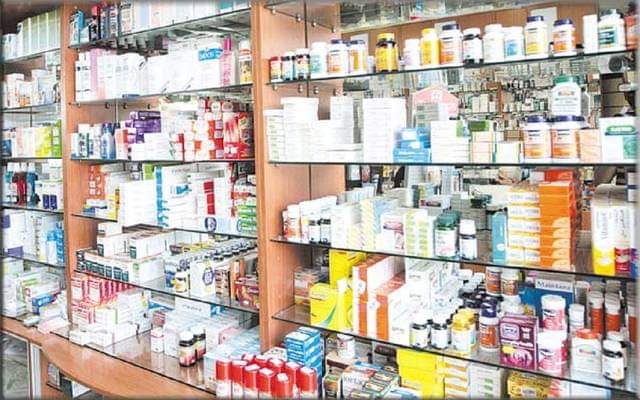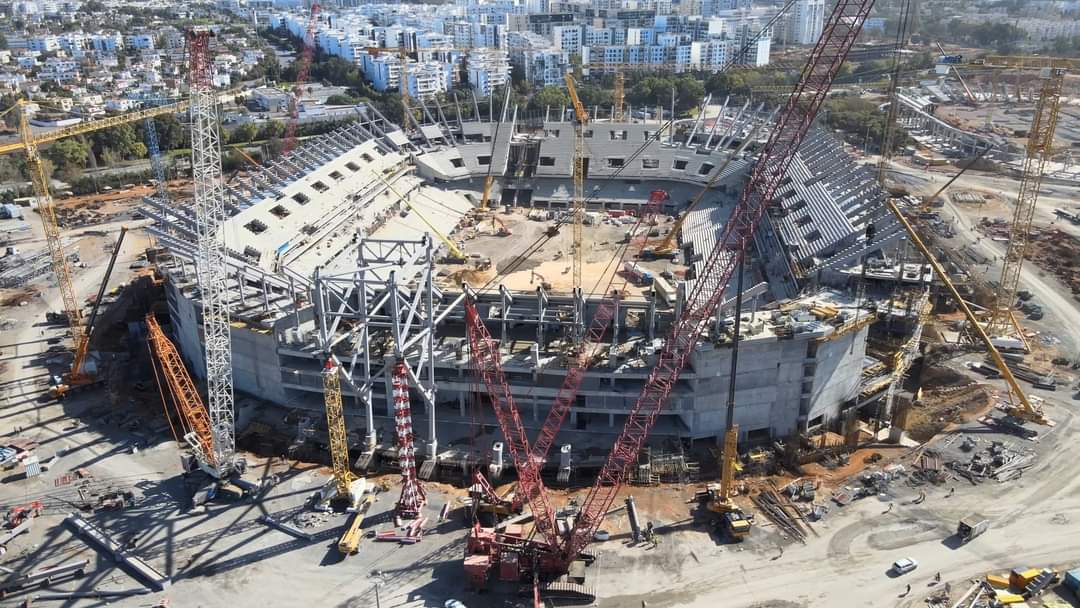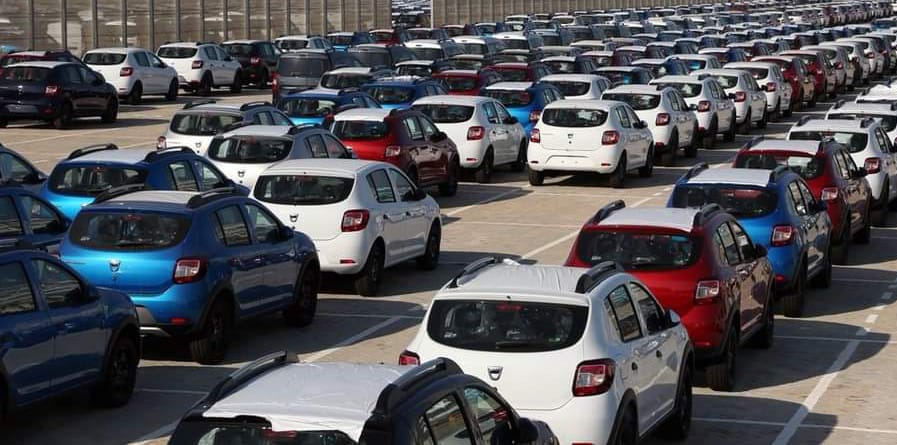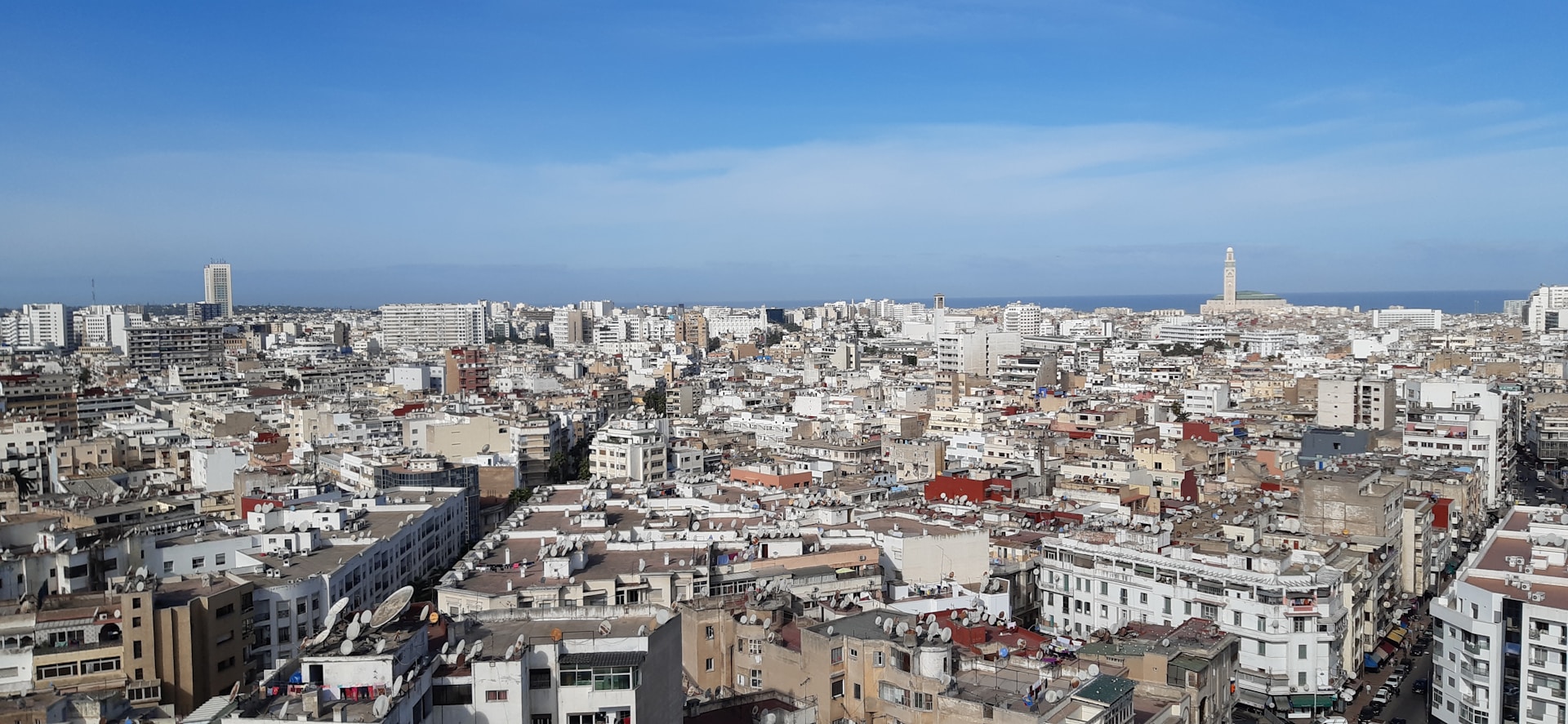Casablanca– Morocco’s agricultural sector is confronting challenges at the onset of the new agricultural season, as confirmed by Bank Al-Maghrib (BAM), the country’s central bank. The sector has been grappling with adverse climatic conditions characterized by low rainfall and uneven distribution across both space and time, significantly impacting the cultivation of cereals.
According to Bank Al-Maghrib’s latest assessments, the area cultivated with cereals has been notably affected, with estimations suggesting a reduction to approximately 2.5 million hectares compared to around 3.7 million hectares recorded a year ago. This decrease underscores the severity of the climatic challenges faced by Moroccan farmers.
In light of these conditions, projections for the cereal harvest in 2024 have been revised downward significantly. Bank Al-Maghrib anticipates a harvest of 25 million quintals, a stark contrast to the 55.1 million quintals achieved in 2023. This considerable decline in production is expected to have ripple effects throughout the agricultural value chain.
The contraction in agricultural value-added is another concern highlighted by Bank Al-Maghrib. It is projected to decrease by 6.4 percent in 2024 before rebounding with a modest increase of 12.8 percent in 2025. However, this recovery is contingent upon a return to an average cereal production level of 55 million quintals.
While the agricultural sector grapples with these challenges, non-agricultural activities in Morocco are forecasted to experience growth. Bank Al-Maghrib expects these activities to improve from a growth rate of 2.6 percent in 2023 to 3 percent in 2024 and further to 3.5 percent in 2025. This anticipated growth is attributed to investments tied to various projects initiated or scheduled across the country.
Despite the hurdles faced by the agricultural sector, the Moroccan economy exhibited resilience on the global stage in 2023. This resilience was observed amidst monetary tightening, geopolitical tensions, and inflationary pressures. However, the outlook for economic growth in Morocco remains modest, with projections indicating a growth rate of 2.1 percent in 2024 before accelerating to 4.3 percent in 2025.
Additionally, concerns over food prices persist, with the Food and Agriculture Organization (FAO) index expected to undergo further decline in 2024 before rebounding in 2025. Furthermore, fluctuations in the prices of Moroccan phosphates and their derivatives, alongside uncertainties in international commodity markets, pose additional challenges for the country’s economic outlook.
In response to these challenges, Bank Al-Maghrib emphasizes the importance of continued monitoring and proactive measures to support the resilience and growth of Morocco’s agricultural sector, which remains a vital contributor to the country’s economy and food security.

